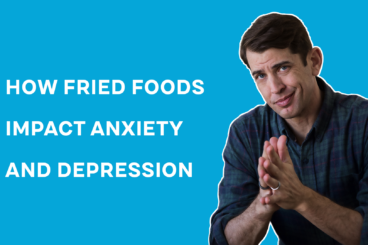I prescribe them nearly every day. They are the top medication taken by adults in America.
Antidepressants.
According to a recent CDC report, 11 percent of Americans aged 12 years and over take them.
This class of medications includes tricylclics, SSRIs, SNRI, Wellbutrin, MAO inhibitors and is used to treat a lot more than depression. There are FDA clinical indications, which means there is data showing they work and are safe, for anxiety, OCD, PTSD, migraines, smoking cessation, pain syndromes, premenstrual sadness, even bed wetting.
Who prescribes most of these medications? Not psychiatrists like me. The recent headlines concern me because psychiatrists get a bad rap as pill pushers. While these medications are “ours” (meaning the field of psychiatry is the forefront of their use, study, and development), less than 25 percent of all antidepressants are prescribed by psychiatrists. That’s not necessarily a bad thing, as other physicians certainly can use this medications effectively, but it can lead to problems. I’m a physician, but I don’t prescribe meds for high blood pressure. Psychiatrists get to spend more time with patients than any other medical specialty. The average primary care visit is 10 minutes. All my appointments are 30-45 minutes. For an initial evaluation, I’ll spend at least 60 minutes with a patient, often 90 minutes.
The most concerning thing to me in these numbers is that the majority of people taking more than 2 medications hadn’t seen a mental health professional in the last year.




